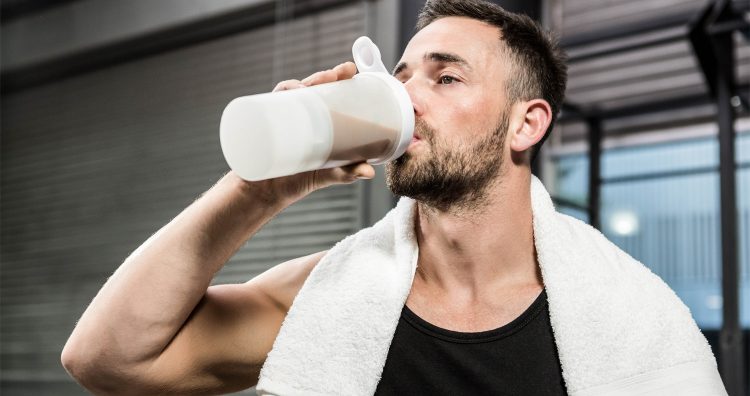
Whether you work out or not, the importance of protein is being advocated these days. However, there are many brands and varieties to choose from, and many people have a hard time choosing the right one. This time, we will carefully select and introduce recommended proteins by type from the viewpoint of “easy to drink and easy to continue!
CONTENTS
- Protein is for people who work out! That's an old fashioned way of thinking!
- There are three main types of protein!
- You need to know! How to get the most out of protein when you're not working out
- Protein with a reputation for being easy to drink " Whey
- Protein with a reputation for being easy to drink " Casein
- Protein with a reputation for being easy to drink " Soy version
Suponsered by
Protein is for people who work out! That’s an old fashioned way of thinking!
The idea that “only athletes, builders, and other people who work out should drink protein” was a long time ago. Nowadays, it is common knowledge that “protein is consumed to supplement the amount of protein that cannot be covered by the diet. Protein is essential not only for muscles, but also for maintaining healthy hair, skin, organs, and so on. The daily intake of protein is estimated to be ” body weight x 0.8g,” but in today’s busy society, it is honestly difficult to cover this amount with meals alone, especially if you miss one meal or eat a simple meal such as instant rice. Therefore, it is recommended to drink protein to maintain health even if you are not doing muscle training. In the past, it was said that “people who do not do muscle training will gain weight if they drink,” but if utilized correctly, protein can in fact help you lose weight, so you should actively use protein.
Incidentally, if you are muscle training, it is recommended to consume protein with a standard of ” body weight x 1.5~2g. Protein powder is nothing more than a nutritional supplement, so do not forget to review the contents of your diet.
There are three main types of protein!
In choosing a protein powder, the “type” of protein should not be ignored. There are three basic types: “whey,” “casein,” and “soy,” all of which have different characteristics. Whey, which is absorbed quickly, is said to be the best for drinking after training, and most protein products on the market are made from whey. Casein has a slower absorption speed and is more filling, and is generally consumed between meals or before bed. Both whey and casein are animal proteins produced from milk, and their high amino acid score helps build muscle mass. On the other hand, soy protein, a vegetable protein, is rich in fiber and contains little or no fat or oil, and is recommended for weight-loss purposes. It should be noted, however, that vegetable protein alone does not provide all of the essential amino acids.
You need to know! How to get the most out of protein when you’re not working out
Protein = protein is one of the three major nutrients, along with carbohydrates and fats, and has about 4 kcal of energy per gram. In addition to this, protein powder is often thought to be “fattening if taken by non-exercisers,” perhaps because of its sweet flavor, but rest assured that there is no need to worry about gaining weight if utilized correctly. If you are not exercising and are considering taking in protein, please be aware of the three points I am about to introduce.
1) “The rule of thumb is to take the right amount of protein!”
Protein powder is a low-fat, high-protein nutritional supplement, but it is also a massive source of energy, so it is obvious that excessive consumption will lead to weight gain. Therefore, it is effective to supplement your protein intake with protein powder to meet your needs. Protein powders from various manufacturers provide 15 to 30 grams of protein per cup, but it is advisable to adjust the amount of protein by reducing the amount of powder. The daily protein intake for those who do not exercise regularly is estimated to be ” body weight x 0.8~1g,” so it is advisable to use protein powder after calculating the amount of protein to be consumed with meals.
2) “The key point is to use water or milk as a drink!
Many people drink protein powder with milk for its delicious taste. However, milk also contains calories, and some milk contains a lot of fat. Basically, weight gain is caused by “calorie intake exceeding calorie consumption,” so it is better to use different types of milk depending on what you eat that day. If “calorie intake exceeds calorie intake but it is difficult to drink protein without milk,” it is preferable to choose low-fat milk or mix it with water. Soy milk is also recommended because it has a richer taste, contains more nutrients, and is lower in calories.
(3) “Drinking before meals or replacing meals with protein to reduce total calorie intake is also possible.
It is good to drink when you are a little hungry, but if you are using protein to lose weight, it is also recommended to drink it before meals or replace it with a meal. This is especially effective for those whose daily diet is unbalanced and mainly consists of carbohydrates and fats. These are so-called protein diets, in which protein, vitamins, and minerals that tend to be lacking due to reduced dietary intake are supplemented with protein powder. The advantage of this method is that it is easy to maintain a balance in one’s diet, and it is also easy to continue as a diet because it is easy to feel full. However, be careful not to reduce the amount of food you eat too drastically, as you may rebound or become ill. It is best to keep the diet in moderation, for example, replacing only evening meals with protein.
2/7GO TO NEXT PAGE
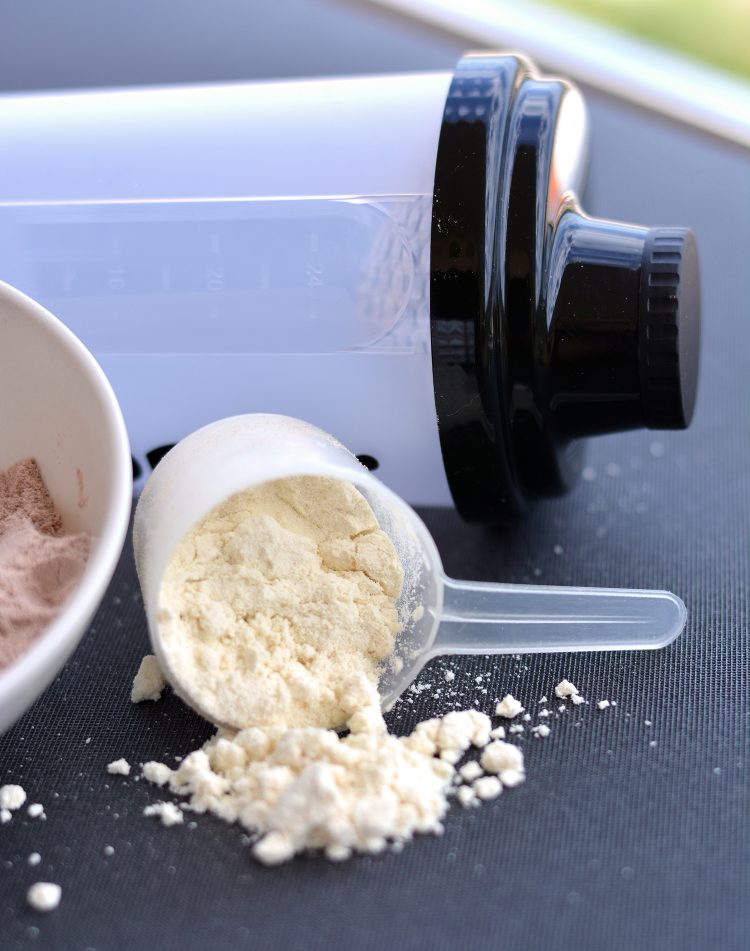
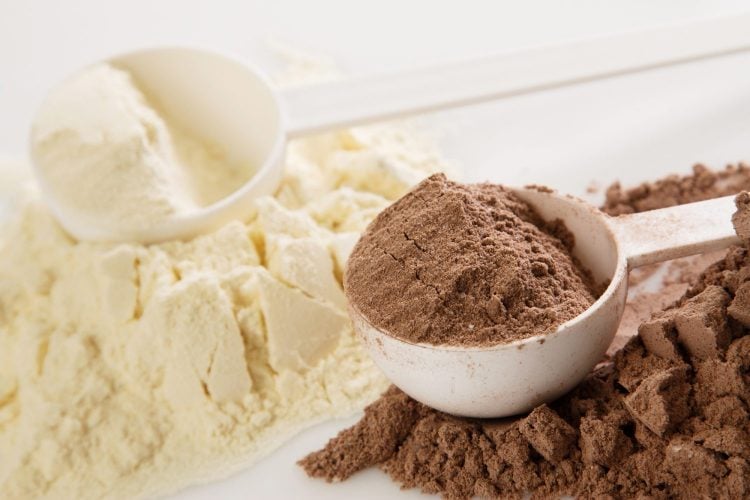
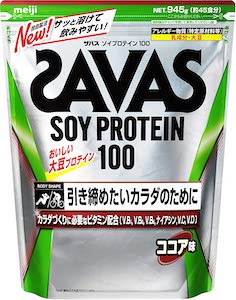

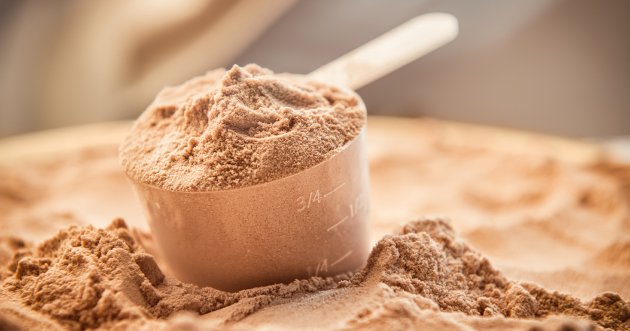
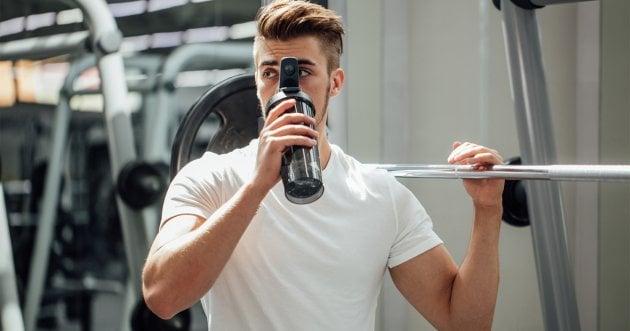
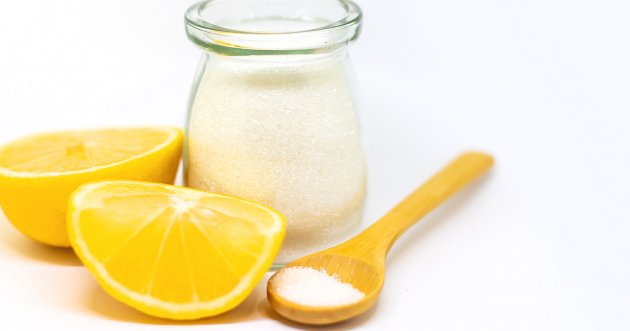
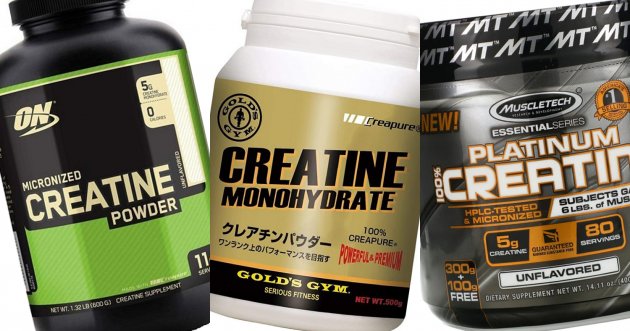
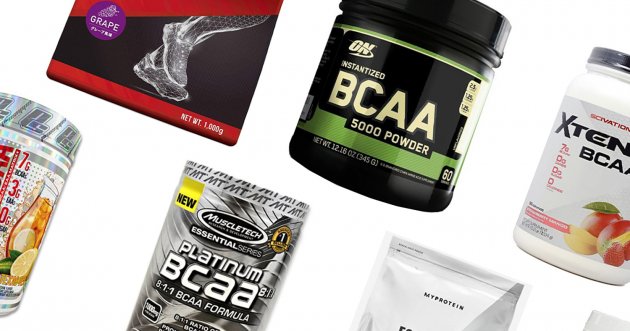
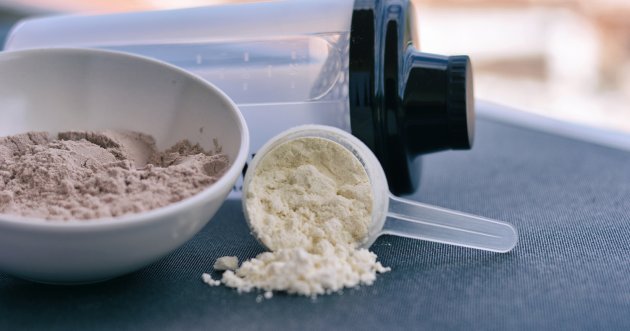
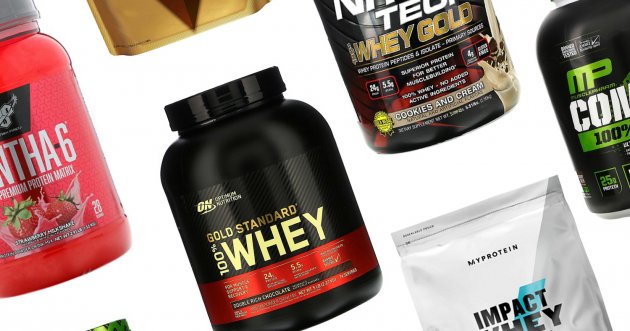
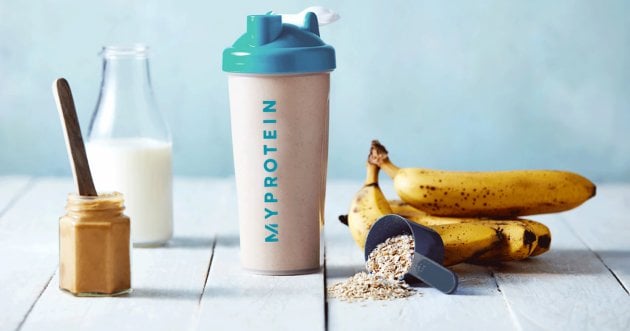
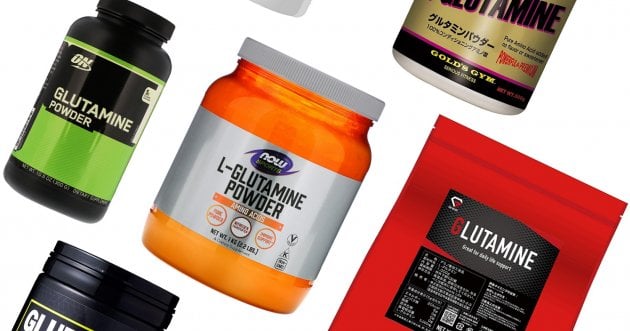
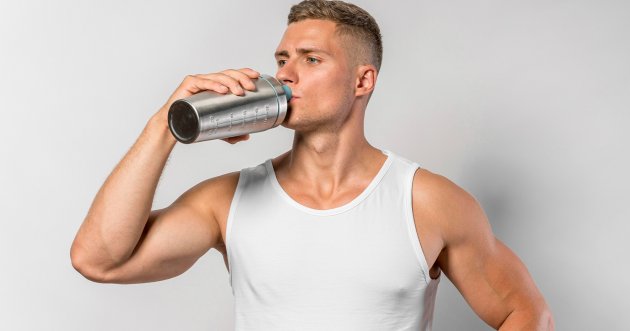
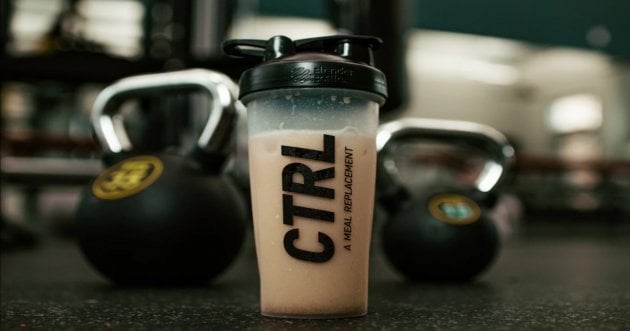





![2024 Newest ] 9 Suggestions for Stylish Knitwear Codes](https://otokomaeken.com/wp-content/uploads/2024/02/06dfb23c62425a19f32408a71c8337e4-630x331.jpg)









